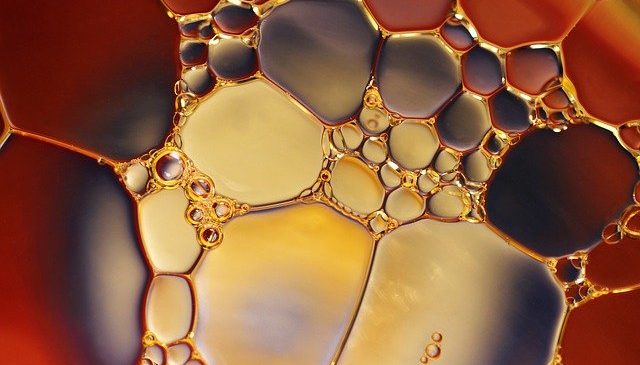
The world is on the cusp of a breakthrough that could change how we approach our health, beauty, and wellbeing. It will likely be a significant generator of economic activity, and could also advance areas of science in ways that we still cannot yet fully appreciate.
The agent of this revolution is a family of biological building blocks many Americans have heard of but few truly understand: cannabinoids. The vast majority of people who know the term associate it with two of these: tetrahydrocannabinol (THC), the intoxicating compound, and cannabidiol (CBD), the compound with fast-growing popularity that’s currently being explored for its ability to treat conditions from childhood epilepsy to arthritis.
The little-known reality, however, is that THC and CBD are only two of many other cannabinoid varieties. These other cannabinoids, such as cannabigerol (CBG), can be compared to rare plant species with vast medical potential that were hidden in our planet’s rainforest before being discovered. In the case of cannabinoids, the proverbial rainforest is the cannabis and hemp plant itself and the forbidden forest is the thicket of policy and law that has made exploring these chemicals all but impossible.
Even today, legal constraints on cannabis research (let alone sales and marketing) fall well on the side of caution. But one unintended consequence of this conservative regulatory approach was the virtually freezing of progress in what stands to be a potentially major scientific field. The laws and statutes are too complex to fully explore here, but consider the fact that, according to US federal law, if a scientific process involving cannabis raises the THC level in the study compound to anything above 0.3% at any point in the process, and for even a split second, the entire process is deemed illegal. These restrictions in addition to so many others have held the field back for far too long. But, thanks to recent advances in the area of biotech science, that’s about to change.
As it always does, science has caught up to and is now overtaking laws written in a bygone era. We now have the ability to produce cannabinoids through a fermentation process that never exceeds that threshold of 0.3% and does not require the use of the cannabis or hemp plant at all. This process allows us to create cannabinoids that are bio-identical with no variation in quality whatsoever, making them ripe for anything from scientific research to mass-market consumer products, which demands this kind of precision. And, just for good measure, producing the compound in the equivalent of a high-tech brewery means we do not need to use precious natural resources or grapple with the environmental toll that growing crops on a large scale entails.
In other words, we can produce cannabinoids by fermentation the same way we already produce a host of other natural products ranging from vitamins and omega-3 fatty acids, to flavors and fragrances. This is a major breakthrough, one whose ripples will be felt not just in the US but around the world. Cannabinoids are integrated into human (and all animal) biology in a way few other plant-derived compounds are. One theory that’s gaining traction in the community is that humans co-evolved with cannabinoid-containing plants. Many scientists also believe that, not only are cannabinoids good for the human body but, in many ways, they’re essential.
There is little doubt that the US, with its disproportionately large, well funded, and advanced biotech community, will be at the forefront of realizing the full potential of this revolution. The only question that remains is whether the public, and the government that represents them, will fully embrace the future as science push into this new frontier.
Roy Lipski is Co-Founder and CEO of Creo, an ingredient company with a platform for producing rare cannabinoids, like CBG.
Image Credit: Sash Segal
Image Source: https://pixabay.com/photos/abstract-oil-water-blue-gold-red-1782383/
